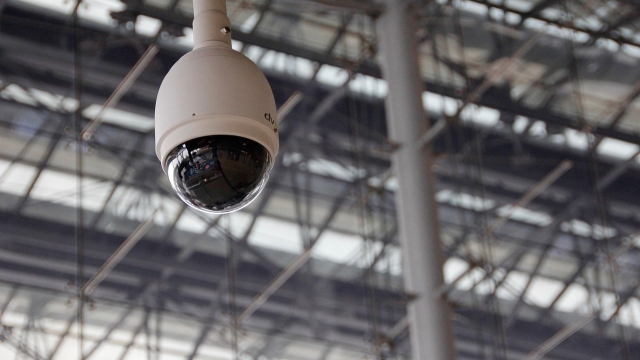
Peekaboo Technology: The Magic of Switchable Film

In today’s modern world, technology continues to amaze and innovate in groundbreaking ways. One such innovation that is capturing attention is Switchable Film. This magical technology has the ability to transform ordinary glass surfaces into versatile, dynamic screens that can switch between transparency and opacity at the touch of a button. Imagine the possibilities this opens up in various industries, from architecture and interior design to automotive and smart home applications. The versatility and wow-factor of Switchable Film are truly revolutionizing how we interact with our surroundings.
How Switchable Film Works
Switchable film is a versatile material that can change properties in response to external stimuli. This innovative technology operates by utilizing a special coating that contains microscopic particles, enabling it to switch between opaque and transparent states with precision.
When an electric current is applied to the switchable film, the particles align themselves in a way that allows light to pass through, creating a transparent effect. Conversely, when the current is switched off, the particles scatter randomly, resulting in an opaque appearance. This dynamic process gives users the ability to control the transparency of the film at their convenience.
The underlying principle behind switchable film lies in the manipulation of the interaction between light and particles within the coating. By strategically altering the arrangement of these particles through electrical stimulation, the film can swiftly transition from blocking visibility to revealing clear views, making it a fascinating addition to modern technological advancements.
Applications of Switchable Film
Switchable film is revolutionizing various industries due to its versatility and innovative properties. In the architecture sector, switchable film is being used to create dynamic and interactive facades for buildings. This technology allows for customizable tint levels, giving architects the ability to control light transmission and privacy with ease.
In the automotive industry, switchable film is transforming the way car windows are designed. Automobile manufacturers are incorporating switchable film into windows to provide passengers with adjustable tint levels for enhanced comfort and privacy. This technology not only adds a touch of luxury to vehicles but also improves energy efficiency by reducing the need for excessive air conditioning.
Moreover, the healthcare field is benefitting greatly from the applications of switchable film. Hospitals and medical facilities are utilizing this technology in smart glass partitions, providing both patients and healthcare professionals with privacy when needed. Additionally, switchable film is being used in medical equipment displays to enhance visibility and readability, improving overall efficiency in healthcare settings.
Advantages of Switchable Film
Switchable Film
Switchable Film offers a multitude of benefits for both residential and commercial settings. One key advantage is its energy efficiency, allowing users to regulate light and heat levels to reduce reliance on heating and cooling systems. This leads to cost savings on energy bills while also contributing to a more sustainable environment.
Another advantage of Switchable Film is its versatility in design and functionality. This innovative technology can be seamlessly integrated into various spaces, providing privacy on demand without compromising aesthetics. Whether it’s for conference rooms, bathrooms, or facades, Switchable Film offers a customizable solution that can adapt to different needs and preferences.
Additionally, Switchable Film enhances security and privacy by transforming from transparent to opaque at the flick of a switch. This feature is especially valuable for spaces that require confidentiality or controlled visibility. With Switchable Film, users have full control over their privacy settings while enjoying the convenience of a modern and sophisticated solution.



